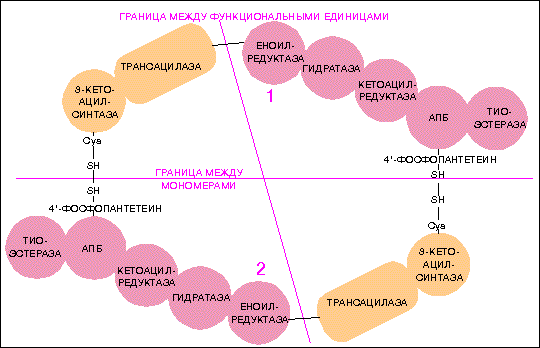Gene: [04p163/HD] huntingtin (HD protein); Huntington disease;
FUN | Huntingtin and huntingtin-associated protein (GEM:00.0/HAP1) may play a role in vesicle trafficking within the cell, and disruption of this function could contribute to the neuronal dysfunction and death seen in HD (Engelender-1997)." |
PAT | Huntington disease may be caused by a toxic gain-of-function due to abnormal protein-protein interactions. The huntingtin-interacting proteins include the glycolytic enzyme GAPD (GEM:12p13/GAPD), huntingtin-associated protein (GEM:00.0/HAP1), and huntingtin-interacting proteins (GEM:07q1123/HIP1; GEM:04p14/HIP2)." |
MAF | Bucan-1990 reported a physical map of p16.3 subsegment with 20 restriction fragments, which covered in total over 4.3 Mb between anonymous fragments D4S10 (G8, the centromeric flank of the subsegment) and D4S90 (D5, the telomeric flank). Gene HD itself is most probably located more distally than G8, between markers D4S114/D4S113 and the telomere, i.e., within 1.5 Mb from D5 to the proximal." |
REL | GEM:04p163/D4S10. |
REF | LIN,MAF "Bates GP &: AJHG, 49, N1, 7-16, 1991 MGC "Brandt &: JAMA, 261, 21, 1989 LIN,MAF "Bucan M &: Genomics, 6, N1, 1-15, 1990 MEB,FUN "Engelender S &: Hum Mol Genet, 6, 2205-2217, 1997 LOC,LIN "Folstein SE &: Science, 229, 776-779, 1985 LOC,LIN "Gilliam TC &: Cell, 50, 565-571, 1987 SEQ "MacDonald M, Ambrose CM : Cell, 72, 971-983, 1993 LIN,MAP "Pritchard C &: AJHG, 49, N1, 1-6, 1991 LOC,LIN "Robbins C &: AJHG, 44, 422-425, 1989 MGC "Schomig-Spingler M &: Eur J Pediatr, 148, 447-449, 1989 LOC,LIN "Skraastad &: CCG, 51, (HGM10), 1081, 1989 TIS "Trottier Y &: Nature Genet, 10, 104-110, 1995 LOC,LIN "Wasmuth JJ &: Nature, 332, 734-736, 1988 LIN,MAP "Whaley &: Somat Cell Mol Genet, 17, 8391, 1991 LOC,LIN "Youngman S &: Hum Genet, 73, 333-339, 1986 |
SWI | SWISSPROT: P42858 |
KEY | neu, tri |
CLA | coding, basic |
LOC | 04 p16.3 |
MIM | MIM: 143100 |
Смотрите также:

